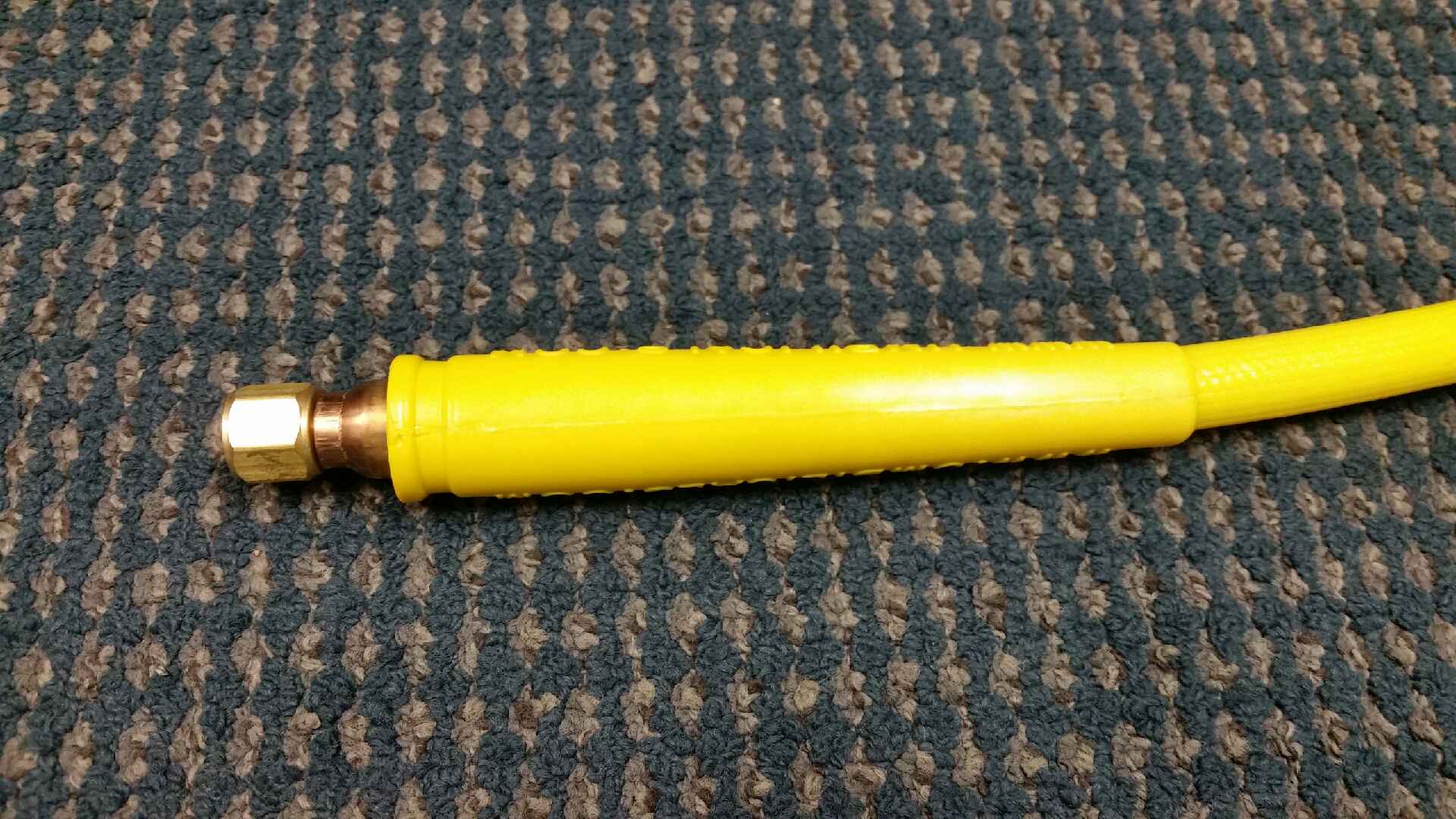Correct installation methods for diving umbilicals and hoses
A member has reported an incident in which a complaint was received about an odour or smell in a divers’ breathing hose or gas hose. It was discovered that the umbilical hose fittings had been installed in a way that was not recommended by the manufacturer. The purpose of this safety flash incident is to explain a safety issue that exists with some methods used to install fittings and the use of re-usable fittings on diving umbilicals and hoses.



Our member noted the following:
- Use of the illustrated methods for fitting hoses in the field can compromise diver safety;
- The illustrated methods are not recommended or approved by manufacturers, nor is the use of re-useable fittings;
- The use of re-useable fittings can lead to pressure loss and/or water ingress, which can occur when the outer jacket of the hoses is compromised. This can lead to catastrophic failure at the fitting if the metal bands were to compromise the pressure control braid in the hoses – see above middle photograph;
Water ingress into the hose layers can contribute to the build-up of bacteria leading to hose odours.
The following recommendations were made by our member:
- Use only standard fittings involving a swaging or crimping technique;
- Do not remove bend restrictors from the hoses as this can allow movement at or around the fitting that could lead to early damage of the fitting spigot and accelerate the damage to the hose jackets and linings;
- Do not use reusable fittings as they can fail or come off at pressure if not exactly sized and correctly installed.



Proper care of hoses applies, of course, not only to diving umbilicals but also to hoses used for hydraulics, and hoses used for Oxy-Arc systems.
Members may wish to refer to the following incident:
Safety Event
Published: 22 November 2016
Download: IMCA SF 31/16
IMCA Safety Flashes
Submit a Report
IMCA Safety Flashes summarise key safety matters and incidents, allowing lessons to be more easily learnt for the benefit of all. The effectiveness of the IMCA Safety Flash system depends on Members sharing information and so avoiding repeat incidents. Please consider adding safetyreports@imca-int.com to your internal distribution list for safety alerts or manually submitting information on incidents you consider may be relevant. All information is anonymised or sanitised, as appropriate.
IMCA’s store terms and conditions (https://www.imca-int.com/legal-notices/terms/) apply to all downloads from IMCA’s website, including this document.
IMCA makes every effort to ensure the accuracy and reliability of the data contained in the documents it publishes, but IMCA shall not be liable for any guidance and/or recommendation and/or statement herein contained. The information contained in this document does not fulfil or replace any individual’s or Member's legal, regulatory or other duties or obligations in respect of their operations. Individuals and Members remain solely responsible for the safe, lawful and proper conduct of their operations.
